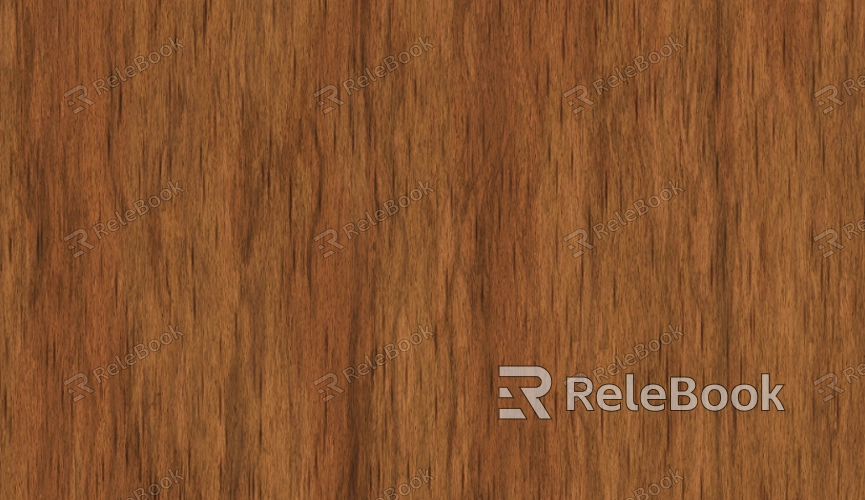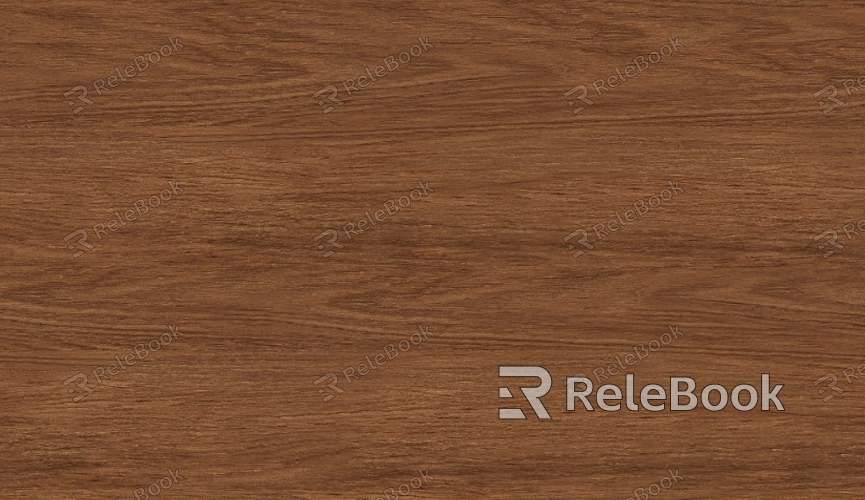How to Make a Wooden Floor in Maya Without Texture?
Creating a realistic wooden floor in Maya without the use of textures involves understanding how to simulate the natural look of wood through materials, lighting, and shading. While textures play a vital role in adding realism to 3D models, it's possible to achieve a realistic wood effect without relying on external textures. In this article, we’ll explore the process of crafting a wooden floor using Maya’s built-in tools, focusing on the creation of materials, proper shading, and lighting to replicate the appearance of wood.

Starting with a Basic Floor Shape
To begin, you’ll need a simple floor plan. In Maya, you can create a basic polygonal plane that will serve as the foundation for your wooden floor. Adjust the dimensions of the plane to fit your desired floor size. While the plane will serve as the base, the key to achieving a wooden floor effect lies in manipulating the material properties and how light interacts with it.
The floor doesn’t need to be too complex at this point. Keep it simple, with a clean surface, as you will be focusing on applying the materials later. Consider the scale of the floor about the scene, as this will help in proportioning the wooden planks correctly.
Creating the Wood Material
The next step is to create the wood material. While textures may be left out, you can still achieve the appearance of wood by using shaders. Maya provides several shader types that you can manipulate to simulate the natural variations seen in wood.
1. Using a Lambert Shader for the Base
Start by creating a basic Lambert material. The Lambert shader is ideal for diffuse surfaces and will allow for a flat base color to which you can apply more complex features later.
Choose a color close to that of the wood you’re trying to replicate. For a classic wooden floor, shades of light brown or medium brown would work well, but you can experiment with different hues to match your design vision. Once the color is selected, adjust the material’s reflectivity to simulate the slight sheen seen on wooden floors. Lower reflectivity will yield a matte appearance, while higher values will introduce more shine, typical of polished wood.
2. Adding Subtle Color Variations
To create a more dynamic appearance, use the color ramp feature within the shader attributes to introduce subtle color variations. Wood naturally has different grains, knots, and shades, which can be simulated by tweaking these color ramps. By varying the color intensity across different parts of the floor, you can mimic the natural imperfections that are present in wood.

Simulating the Wood Grain Without a Texture
Instead of using a texture map to create the wood grain, you can rely on the procedural texture options in Maya. Maya’s built-in noise functions, such as the fractal noise or turbulence, allow for the generation of realistic patterns on the surface of the wood.
1. Creating a Grain Effect with Bump Mapping
For a more tactile appearance, you can simulate the wood grain by using bump mapping. This technique creates the illusion of depth on the surface without altering the actual geometry of the object. Use a procedural bump map to simulate the grain structure of the wood. The bump map can add depth to the surface, creating the illusion of small ridges and patterns that follow the natural grain of the wood.
You can tweak the bump map intensity to match the level of depth you need. A lower intensity will yield a subtler effect, while a higher intensity will give the wood a more pronounced texture.
2. Adding a Specular Map for Realistic Reflection
Wood’s specular properties play a significant role in its appearance. To simulate these, you can use a specular map to control how light reflects off the surface. Specular maps allow for varying levels of glossiness and reflection across the floor. For example, the center of the planks might be more polished than the edges, creating a more natural look. The rougher, matte areas of wood can also be simulated using the specular map to enhance the authenticity of the wooden surface.
Structuring the Wooden Planks
To enhance realism, divide the floor plan into individual wooden planks. This is especially important if you want to replicate the appearance of natural wood flooring, which often has visible seams between the planks.
1. Adding Geometry for Planks
One approach to creating this effect is to subdivide your plane into smaller sections. Each section will represent a single plank of wood. By adding slight variations in their width and length, you can create a more dynamic and less uniform look.
Use the Extrude tool in Maya to give each plank its own distinct edges, so the light can interact with them individually. Adding some slight variations in height between the planks will further enhance the realism, giving it a more worn and natural look.
2. Organizing the Planks for Better Aesthetic
For a more natural look, arrange the planks so they are slightly offset from one another. Most real-world wooden floors have an imperfect alignment, and the seams between the planks might not be perfectly straight. You can add some subtle randomness to the positioning of the planks to replicate this organic feature.
Lighting the Wooden Floor
Lighting is one of the most important factors when creating a realistic rendering of a wooden floor, especially when textures are not available. Proper lighting can enhance the material’s properties and bring out the subtle variations in the wood’s surface.
1. Using Area Lights for Soft, Diffused Illumination
Area lights are a great choice for creating soft, even lighting that can mimic natural daylight. These lights will help diffuse the light across the entire surface of the floor, bringing out the nuances of the wood’s grain and reflecting subtle highlights.
Position your area lights at different angles to simulate how light would interact with a real wooden floor. Experiment with the intensity and color of the lights to create the desired ambiance in the scene. A slightly warm tone can be added to the lights to simulate sunlight, which enhances the natural hues of the wood.
2. Creating Shadow and Reflection Effects
Shadows and reflections are key to giving the floor a more realistic feel. Enable reflections on your material to allow the wood’s surface to reflect surrounding elements. A subtle reflection will add depth and believability to the scene.
Additionally, soft shadows can help define the edges of the planks, adding depth to the floor and making it look more grounded within the environment.
Creating a wooden floor in Maya without relying on textures is entirely possible by focusing on shaders, lighting, and material properties. Through the use of procedural techniques, bump mapping, and proper lighting setups, you can achieve a natural-looking wood floor that brings the beauty of wood into your 3D designs. With some creativity, you can avoid external textures while still creating highly realistic results. To continue enhancing your 3D models, visit the Relebook website, where you can download various textures and models that will add the finishing touches to your scenes.
FAQ
Can I use a different shader type for the wooden floor instead of the Lambert shader?
Yes, you can use other shaders such as Blinn or Phong for different reflection characteristics. The Lambert shader works well for diffuse surfaces, but shaders like Phong can give a more glossy finish if desired.
What are the key factors to consider when lighting a wooden floor in Maya?
Focus on using soft, diffused lighting to highlight the material’s properties. Adding area lights and experimenting with shadow and reflection can significantly improve the realism of the wooden floor.
Is it possible to simulate the appearance of scratched or aged wood without textures?
Yes, you can simulate scratches and wear by modifying the bump map and adjusting the reflectivity using procedural techniques. This will create a more worn-out look on the wood’s surface.
How do I make sure the wooden floor looks realistic in different lighting conditions?
You should test your wooden floor under various lighting setups, such as daylight or artificial light, to see how the material interacts with different light sources. Adjust the bump and specular maps accordingly to achieve the desired effect.
Can I create other types of wood finishes, such as polished or rough wood, without textures?
Yes, you can simulate polished or rough wood finishes by adjusting the reflectivity and bump maps. A polished wood finish would require higher reflectivity, while rough wood would have lower reflectivity and more pronounced bump mapping.

